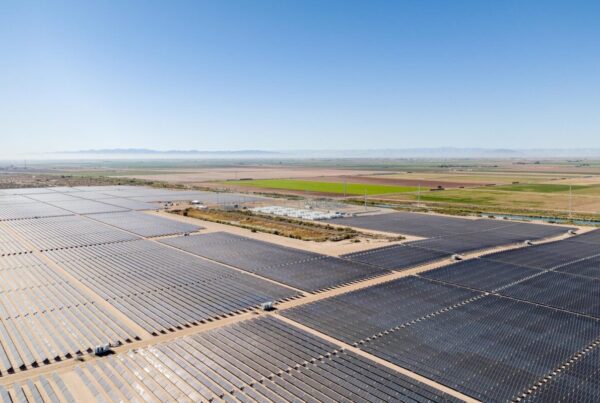
The US could exceed 50GW of solar manufacturing capacity by the end of this decade with the right application of incentives included in the country’s newly passed Inflation Reduction Act (IRA).
That is according to a new whitepaper from trade body Solar Energy Industries Association (SEIA), which outlines how the US PV industry can capitalise on new policy support and build a manufacturing base that is cost-competitive and ensures sufficient demand.
Signed into law by President Joe Biden earlier this week, the IRA includes manufacturing tax credits for PV components including modules, cells, wafers, backsheets, polysilicon, inverters and trackers.
As a direct result of the legislation, SEIA expects to see significant new investments in domestic solar module, tracker, inverter and racking capacity within the next two to three years, followed by new investments in ingot, wafer and cell capacity within three to five years.
“For the first time, the United States has industrial policy in place that will usher in a new era of clean energy manufacturing,” said SEIA CEO Abigail Ross Hopper.
According to the trade body, new production capacity can dramatically reduce shipping and import costs, insulating the US solar and storage industry from global supply disruption and help secure the reliability of the grid.
SEIA’s whitepaper, Catalyzing American Solar Manufacturing, recommends that manufacturers consider demand and timing for their products and focus their attention on downstream production first. This includes expanding module manufacturing so there is existing demand for domestic cells, ingots and wafers once these products become available.
The research notes that while the US currently has capacity to produce metallurgical-grade silicon, polysilicon, steel, aluminium, resins, racking and mountings, the country currently has no domestic ingot, wafer or cell manufacturing capacity and only modest capacity to produce solar modules, inverters and trackers.






